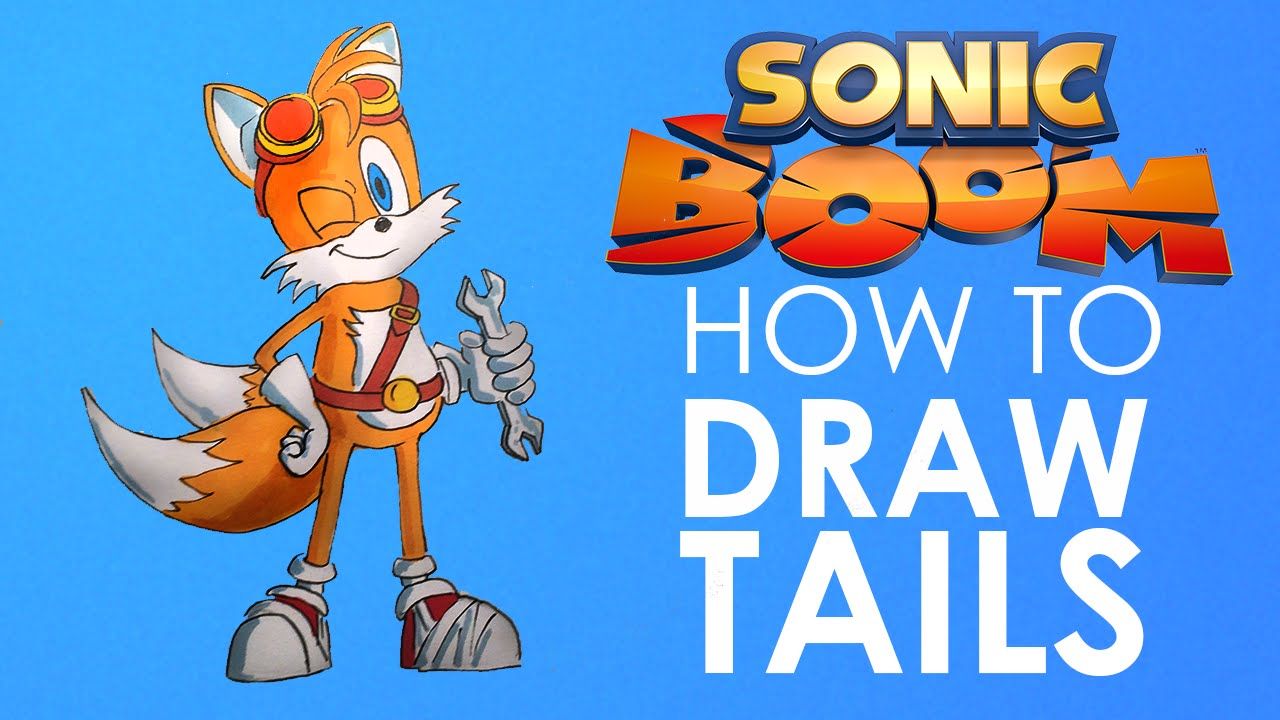
Are you looking to enhance your artistic skills and learn how to draw tails? Look no further!
In this article, we will guide you through various artistic techniques and tutorials to help you master the art of drawing tails.
From understanding tail anatomy to adding volume and texture, exploring different styles, and incorporating them into characters and creatures – we’ve got you covered.
Get ready to unleash your creativity and bring your drawings to life with realistic and captivating tails.
Understanding Tail Anatomy
To start understanding tail anatomy, you’ll need to examine its structure and how it moves. Tails are composed of a series of interconnected bones called vertebrae. These vertebrae give the tail its flexibility and allow it to move in various directions.
The muscles surrounding the tail provide the necessary strength and control for movement. Tails can be long or short, thin or thick, depending on the species. They can also have different shapes, such as straight, curved, or even bushy.
The way a tail moves is determined by the animal’s needs and behaviors. Some animals use their tails for balance and stability, while others use them for communication or defense.
Understanding tail anatomy is crucial for accurately drawing and representing tails in artwork.
Choosing the Right Reference Images
When drawing tails, you should frequently search for and collect various reference images, so that you can accurately capture different tail shapes and movements.
Reference images are essential for understanding the anatomy and details of a tail, whether it’s a fox’s bushy tail or a dolphin’s sleek fin. By observing different photographs or illustrations, you can study the different textures, lengths, and positions of tails in various species.
These images will provide valuable visual information, helping you to accurately portray the specific tail you want to draw. Look for images that showcase different angles and perspectives, as well as different actions and poses.
The more reference images you gather, the more diverse and realistic your drawings will become. Remember, reference images are your artistic guide to achieving accuracy and authenticity in your tail drawings.
Sketching Basic Tail Shapes
You can start sketching basic tail shapes by using simple lines and curves, but don’t forget to experiment with different thicknesses and lengths to add variety to your drawings.
Begin by lightly sketching a straight line to represent the backbone of the tail. From there, you can add curves or angles to create different shapes.
For example, a curved line could create a flowing and elegant tail, while an angled line could give the tail a more geometric and sharp appearance.
Remember to observe different tail shapes in real life or reference images to help you understand the structure and movement.
Practice sketching different tail shapes to develop your skills and create unique and dynamic drawings.
Adding Volume and Texture to Tails
Now it’s time to bring your tails to life!
To add volume and texture, focus on shading techniques for a more realistic look.
Experiment with layering to create depth and dimension.
These two points will help you take your tail drawings to the next level!
Shading for Realistic Texture
To achieve a realistic texture and add volume to your tails, focus on shading techniques that create depth and dimension.
Start by identifying the light source in your drawing. This will help you determine where the shadows should fall.
Use a variety of shading techniques, such as hatching, cross-hatching, and blending, to create different textures and add volume to your tails.
For example, you can use hatching to create short, parallel lines that mimic fur texture, or cross-hatching to add more depth and dimension.
Don’t be afraid to experiment with different shading techniques to achieve the desired texture and volume.
Remember to observe real-life references and study how light interacts with different objects and surfaces to create realistic shading.
Layering for Added Depth
Start layering different shades and tones to add depth, volume, and texture to the tails in your drawings. By layering different colors and values, you can create a more three-dimensional and realistic look for the tails.
Begin by selecting a base color for the tail and apply it evenly. Then, choose a slightly darker shade of the same color and use it to add shadows and create the illusion of depth. Blend the darker shade into the base color using soft strokes or a blending tool.
Next, add highlights using a lighter shade or even white to create the appearance of volume. Use short, precise strokes to create texture and detail, such as fur or scales. Remember to blend the colors and tones together seamlessly to achieve a cohesive and lifelike effect.
Layering is a key technique for adding depth and dimension to your tail drawings.
Exploring Different Tail Styles
Looking for inspiration to enhance your tail drawings? Consider experimenting with various tail styles.
Tail styles can greatly impact the overall look and feel of your artwork, so it’s important to explore different options.
One popular style is the feathery tail, which consists of long, flowing feathers that create a sense of elegance and grace.
Another option is the spiky tail, characterized by sharp, pointed spikes that add a touch of danger and intensity to your drawings.
If you’re looking for something more whimsical, try the curly tail style, which features playful curls and twists.
Don’t be afraid to mix and match different styles to create a unique and captivating tail that suits your artistic vision.
Capturing Movement and Flow in Tails
Try incorporating dynamic lines and curves into your tail drawings. This can add a sense of movement and flow. When drawing a tail, it’s important to convey the idea that it’s not static, but rather in motion. Start by imagining how the tail would look if it were swaying or wagging. Use curved lines to create a sense of rhythm and energy.
Experiment with different shapes and angles to make the tail appear more dynamic. Don’t be afraid to exaggerate the movement for a more dramatic effect. Remember to pay attention to the direction of the movement and adjust the curves accordingly.
Incorporating Tails Into Characters and Creatures
As you continue to develop your artistic skills, it’s important to consider the various ways in which you can incorporate tails into your characters and creatures. Tails can add an extra dimension to your artwork, bringing life and personality to your creations.
One way to incorporate tails is by using them to enhance the overall composition of your character or creature. You can position the tail in a way that complements the pose or adds balance to the design.
Additionally, tails can be used to convey emotions or expressions. A wagging tail can indicate excitement or happiness, while a drooping or curled tail can suggest sadness or fear.
Experiment with different tail shapes, lengths, and textures to create unique and interesting characters. Remember, tails aren’t just an accessory, but an integral part of the character or creature you’re portraying.
Enhancing Tails With Dynamic Details
To make your tails come to life, start by adding movement through bold and flowing lines. This will give your tails a sense of energy and animation.
Next, incorporate texture using cross-hatching or shading techniques to make them appear more realistic and tactile.
Adding Movement Through Lines
Create a sense of motion by using curved lines to give your tails a dynamic and lively appearance. Incorporating movement into your tail drawings can make them more interesting and engaging.
Start by envisioning the direction and flow of the tail. Use flowing, sweeping curves to represent the movement of the tail as it swings, curls, or swishes through the air.
Vary the thickness and length of the lines to add depth and dimension. Experiment with different line weights to convey the speed and intensity of the movement.
Remember to keep the lines smooth and fluid, avoiding any harsh or rigid angles. By adding these dynamic details, you can bring your tails to life and captivate the viewer with their energy and motion.
Incorporating Texture for Realism
Make your tail drawings more realistic and visually appealing by skillfully incorporating texture and dynamic details. Adding texture to your tail drawings can bring them to life and give them a sense of depth. To achieve this, you can use various techniques such as cross-hatching, stippling, or even using different pencil strokes to create different textures.
For example, if you’re drawing a furry tail, you can use short, overlapping strokes to mimic the look and feel of fur. Additionally, consider adding dynamic details to your tail drawings to make them more interesting and dynamic. This can include adding movement lines, stray hairs, or even subtle variations in color or shading.
Using Color to Create Depth
Add a few strategic highlights and shadows to your tail drawings, as it will bring depth and dimension to your artwork. When adding color to your tails, consider using a variety of shades to create contrast and make them stand out.
Start by adding a base color that matches the overall tone of your drawing. Then, use a slightly darker shade to add shadows along the creases and folds of the tail. This will give the tail a three-dimensional appearance.
Next, add highlights using a lighter shade of the base color. Apply these highlights to the areas of the tail that would catch the most light.
Using Color and Shading Techniques for Realistic Tails
To achieve a realistic look for your tails, start by experimenting with different colors and shading techniques.
When it comes to color, consider the natural hues of the animal the tail belongs to. For example, if you’re drawing a fox tail, use shades of orange, red, and brown to mimic the colors found in real fox tails.
Additionally, think about the lighting conditions in your drawing. Shadows and highlights can add depth and dimension to your tail. Use darker shades to create shadows where the tail curves or overlaps itself, and lighter shades to indicate areas where light is hitting the tail directly.
Troubleshooting Common Tail Drawing Challenges
If you’re having trouble drawing tails, try adjusting your technique to overcome common challenges.
One common issue is getting the proportions wrong. Tails come in different shapes and sizes, so it’s important to study reference images and observe how they relate to the rest of the body.
Another challenge is capturing the flow and movement of the tail. Pay attention to the curves and twists in the tail and try to recreate them in your drawing.
Additionally, creating texture can be tricky. Experiment with different shading techniques to add depth and realism to the tail.
Lastly, don’t forget about the anatomy. Understanding the underlying structure of the tail, such as the bones and muscles, can greatly improve your drawings.
Keep practicing and don’t be afraid to make mistakes – it’s all part of the learning process!
Frequently Asked Questions
How Long Does It Typically Take to Master Drawing Realistic Tails?
It typically takes time and practice to master drawing realistic tails. You’ll need to study anatomy, observe real tails, and experiment with different techniques. With dedication, you can improve your skills over time.
Are There Any Specific Tools or Materials That Are Recommended for Tail Drawing?
For tail drawing, you’ll need some specific tools and materials. Pencil, eraser, and paper are essential. Consider using colored pencils or markers for added depth and texture. Reference images can also be helpful.
Can These Techniques Be Applied to Drawing Other Animal Body Parts, Such as Paws or Wings?
Yes, these techniques can be applied to drawing other animal body parts like paws or wings. By understanding the basic principles of proportion, shape, and texture, you can adapt the techniques to various subjects.
How Can I Make My Tails Look More Dynamic and Expressive?
To make your tails look more dynamic and expressive, focus on adding movement and flow to your drawings. Use curved lines, varying thickness, and exaggerate the tail’s shape and position to create a sense of energy and emotion.
Are There Any Common Mistakes That Beginner Artists Often Make When Drawing Tails?
When drawing tails, beginners often make common mistakes such as forgetting to add volume and movement, neglecting the flow and shape, or failing to consider the texture and details.
Conclusion
In conclusion, learning how to draw tails requires understanding the anatomy, choosing the right references, and practicing various techniques.
By sketching basic shapes, adding volume and texture, and exploring different styles, you can create unique and realistic tails.
Incorporating tails into characters and creatures, enhancing them with dynamic details, and using color and shading techniques will further enhance your artwork.
With practice and troubleshooting common challenges, you can master the art of drawing tails.






